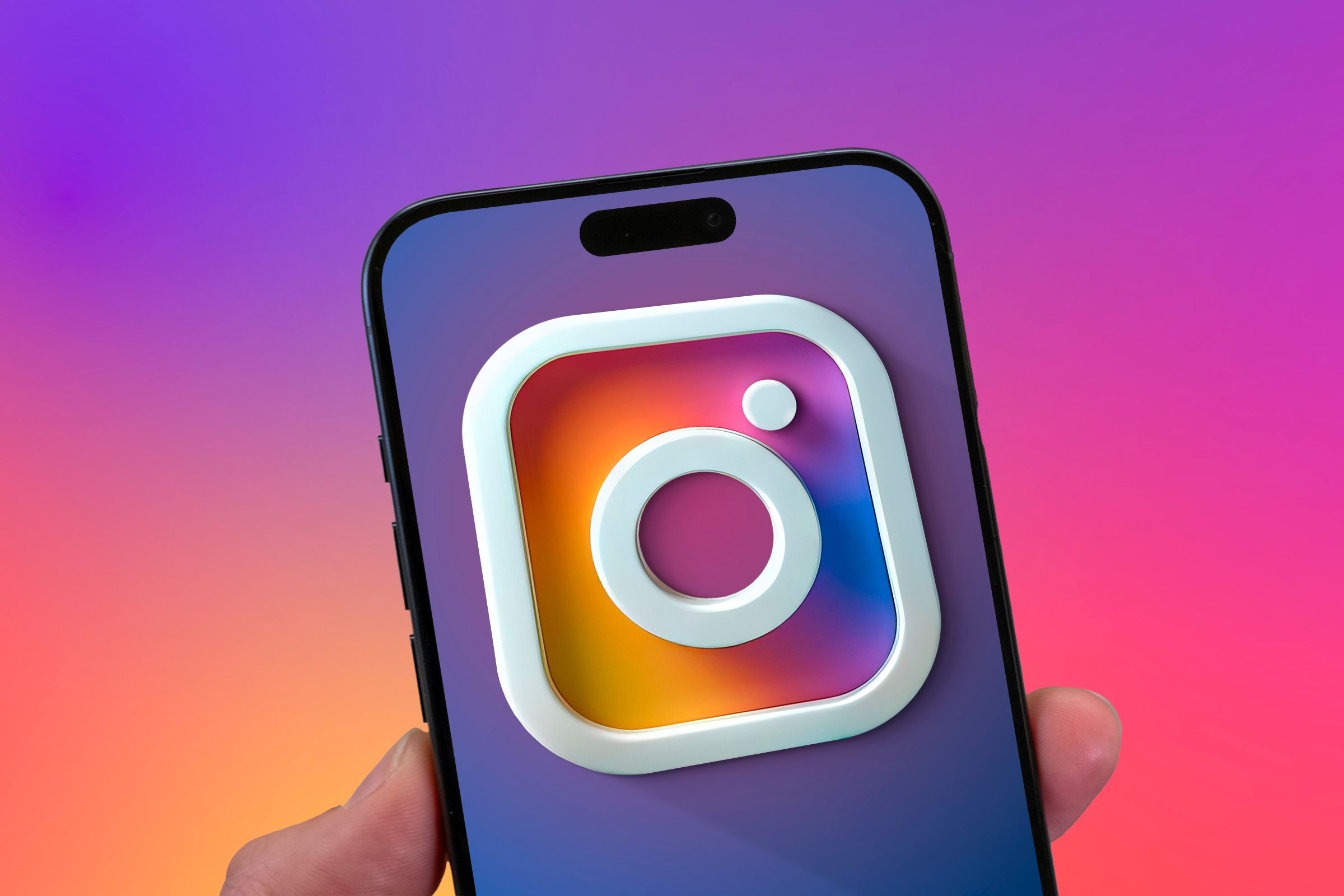Instagram Admits to Streaming Videos at Reduced Quality Levels
In an era where video content dominates social media, Instagram's decision to deliver videos at a lower quality has sparked considerable discussion. This move was officially confirmed by the platform, highlighting a shift in how users experience multimedia content on one of the world's most popular applications. With an emphasis on network efficiency and connectivity, Instagram's latest choice raises questions about user satisfaction and engagement.
The Background of Video Streaming on Instagram
Video has become an integral part of the Instagram experience. From short Reels to longer IGTV segments, the platform has continually evolved to meet user demands for audiovisual content. In response to an increasing number of users and their varied connection speeds, Instagram implemented algorithms that would streamline video playback. However, the recent confirmation regarding reduced video quality has left many users perplexed.
Why Did Instagram Make This Change?
This adjustment in streaming quality is driven by several factors:
User Demand: With millions of users accessing Instagram simultaneously, the demand for high-quality video can put a significant strain on the platform’s servers.
Network Reliability: Many users access Instagram through mobile networks that may not always provide the best signal. Lowering video quality enhances playback reliability on slower connections.
Global Reach: Instagram serves a global audience, and varying internet infrastructures can affect video performance. By reducing quality, Instagram aims to provide a more uniform experience across regions.
Implications of Reduced Video Quality
While the intention behind the lowered video quality is to improve overall user experience, it comes with a set of trade-offs that may impact the Instagram community.
User Experience
Video quality has a direct influence on user engagement. Research indicates that higher-quality visuals lead to greater user retention and satisfaction. The following are potential outcomes of reduced video quality:
Decreased Engagement: Users may be less likely to watch content that appears pixelated or blurry, ultimately leading to a decline in interaction rates.
Visual Appeal: Creatives and brands rely on high-quality images and videos to convey their messages. The downgrade in quality could hinder storytelling efforts.
Content Creators: Influencers and brands might find it challenging to maintain their audience's attention when their videos do not showcase their products or messages effectively.
Technical Understanding of Video Streaming
As with any significant change, understanding the technical aspects of video streaming can provide insight into Instagram's decision.
Compression and Quality
Video content must be compressed to enable smooth playback over the internet. Compression reduces file size, but at a cost: quality. The two main types of compression are:
Lossy Compression: This method reduces file size significantly, but it also removes some data from the original video file, leading to a noticeable drop in quality.
Lossless Compression: This method retains all original data, resulting in a better-quality output, but the file size remains relatively large.
Due to the trade-offs between quality and performance, Instagram may be leaning towards lossy compression techniques to ensure a seamless user experience.
Comparative Analysis with Other Platforms
Instagram's move to lower video quality is not unique; several other platforms have made similar adjustments in response to user demand and technical limitations.
Competitors’ Responses
Platforms such as Facebook and TikTok have also grappled with the challenges of video quality in regard to user engagement and data preservation. Their strategies include:
Adaptive Streaming: Many platforms utilize adaptive streaming technology that adjusts video quality based on user bandwidth, ensuring optimal viewing experiences regardless of the user's connection quality.
Dedicated Quality Controls: Offering users control over video quality settings allows for a more customized experience, especially for those concerned about data usage.
Comparatively, Instagram's approach lacks these dynamic adjustments, which may not resonate well with a user base accustomed to high standards.
User Reactions and Community Response
The community’s reaction to Instagram's video quality downgrade has been mixed, with considerable dialogue across social media platforms.
Feedback from Users
Many users have expressed dissatisfaction with the reduced quality, citing:
Frustration: Some users feel that Instagram undermines the quality of content that creators aspire to deliver.
Alternatives: Users have suggested reverting to earlier patterns where quality settings were user-controlled, reflecting demands for autonomy over content consumption.
Technical Issues: Frequent buffering or lag in playback remains a concern for users, as lowering quality may not completely resolve connectivity issues.
This feedback illustrates that while Instagram's decision may cater to practical limitations, it simultaneously threatens the aesthetic experience valued by content creators and consumers alike.
Future Prospects for Instagram Video Streaming
Looking forward, the future of Instagram video streaming hinges on how the platform navigates user preferences while ensuring network stability.
Technological Advancements
Emerging technologies in video streaming and data management may offer solutions to the challenges posed by content delivery:
5G Technology: The rollout of 5G networks promises faster, more reliable connections, potentially allowing Instagram to restore video quality without compromising performance.
Machine Learning: Adoption of AI-driven content delivery networks could optimize streaming quality dynamically, tailoring output based on real-time user data.
User-Centric Innovations: Emphasizing user control over video quality settings may empower users to curate their content experience, enhancing overall satisfaction and engagement.
Integrating these innovations could potentially reshape the video streaming landscape on Instagram and beyond.
However, Instagram's commitment to maintaining a balance between user experience and content quality will be directly correlated to user satisfaction as the platform continues to evolve in an increasingly competitive digital landscape.
